How to Create a Capsule Wardrobe With Less
Issue No. 15 : On repairs, lifetime warranties, and replacements
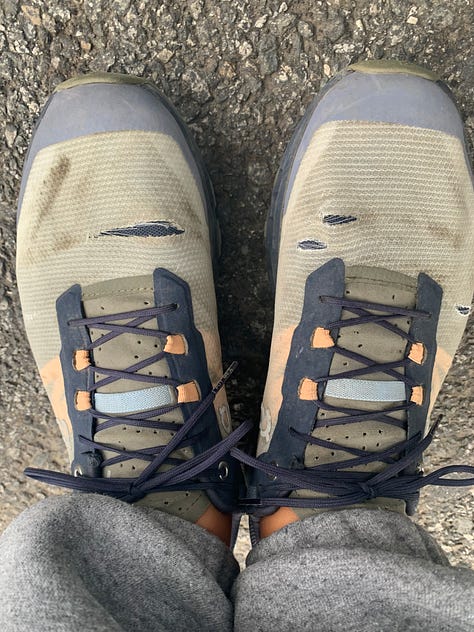
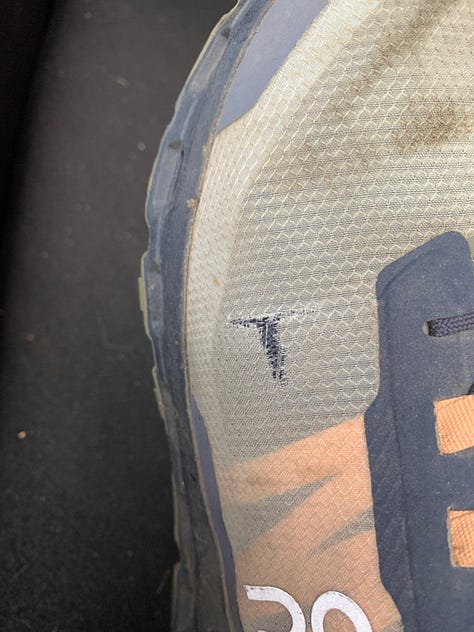
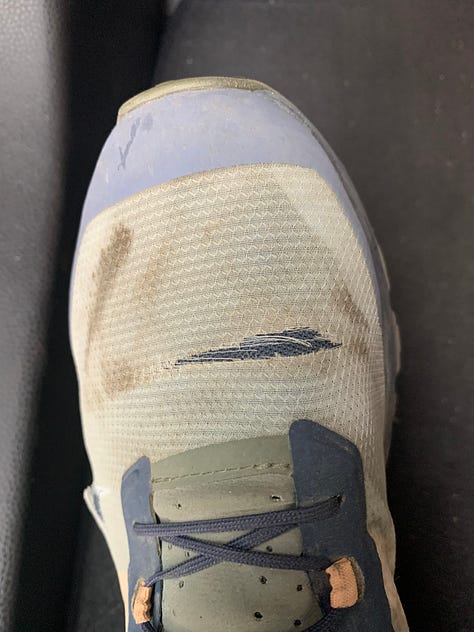
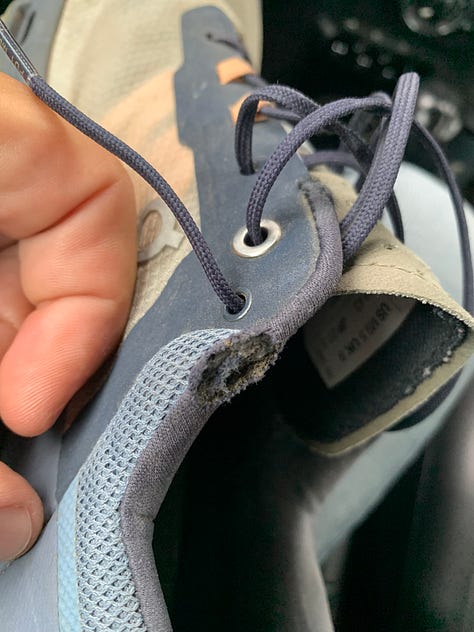
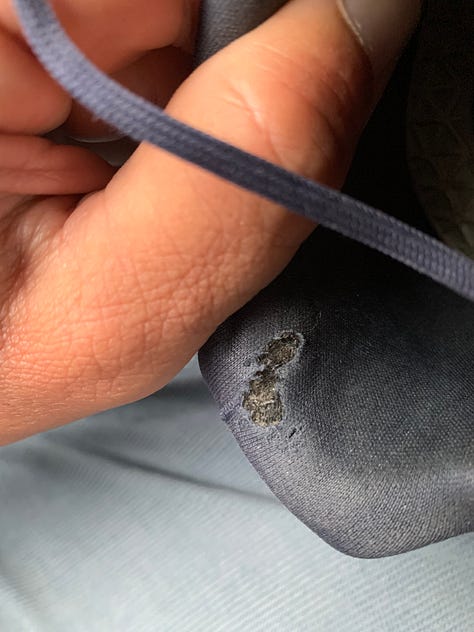

Even the best made products don’t last forever and will eventually have to be repaired, upgraded, or replaced. The second law of thermodynamics seems to also rule apparel and gear.
“In essence, the Second Law of Thermodynamics explains why things tend towards a state of greater disorder and why no process can be 100% efficient in converting energy.”
Over the past few months a number of my frequently used gear have needed repair or replacement:
Patagonia backpack (cracked clasps)
Wetsuit (rip above left ancle)
Leica Q camera (burned out chip)
Mini Cooper S (fuel gauge failure)
Snowpeak stove (worn down threads)
ON trainers (cracked top fabric)
Outerknown sweater (frazzled neck hole and cuffs)
HydraPak bottle (leakage around the screw top)
Now, needing repair is not necessarily a bad thing because most these products have lasted a long time in my usage and they are designed to be repaired, something that is unusual in today’s use and discard society.
Repair and maintenance, from cars to bikes to apparel and gear, even relationships, is a very normal thing or at least should be. Something we can either learn how to do ourselves or hand over to a third party.
Across the world we’re now seeing repair shops return, both within brands like Patagonia and Veja, but also general repair shops designed for a circular world. This is a great news and will help to increase the longevity of our favorite gear and send fewer things to landfills.
What’s even better is that a lot of these great brands come with warranty, sometimes even lifetime warranty. It doesn’t matter when or where you bought their product, if something breaks or needs to be repaired, they will do it.
For these brands it’s part of their business model to keep as many of their products in circulation for as long as possible and away from landfills. And for us users it’s great to know that the brand is having our backs no matter what.
This all shifts consumption into usership, making the purchase point a much smaller part of the whole user experience. What really matters is how the product performs over time and how the repair and warranty service is designed.
One of the reasons I can keep a very slim down capsule wardrobe is that I only own frequently use products from high-quality brands that commit to free repairs and replacements. And as a heavy user it really pays off.
Once I buy a product (underwear, socks, and tees excluded) I can use them forever, knowing that the brand will either offer repair or a full replacement – for free. And since my strategy is few and high-quality products I get regular replacements due to my heavy usage.
Now you might think this is shrewd, maybe even pushing it a bit far but I disagree. I offer a great service to these brands by using the crap out of their products. That feedback is important for a brand to design better products.
And it’s not like I’m forcing them, they are offering because they know it’s good business in the long term, both for the brand, people, and our planet.
So let’s take a look at the above list again, now with the addition of the resolution:
Keep reading with a 7-day free trial
Subscribe to Fewer Better Things to keep reading this post and get 7 days of free access to the full post archives.



